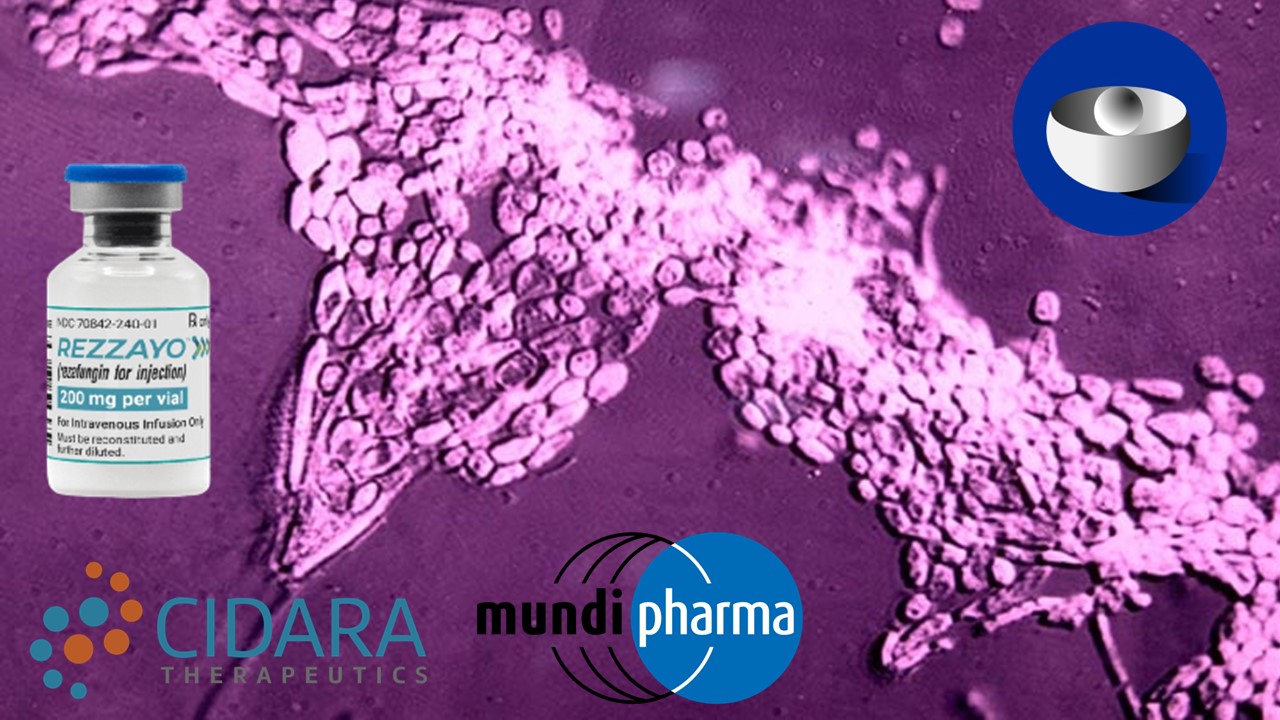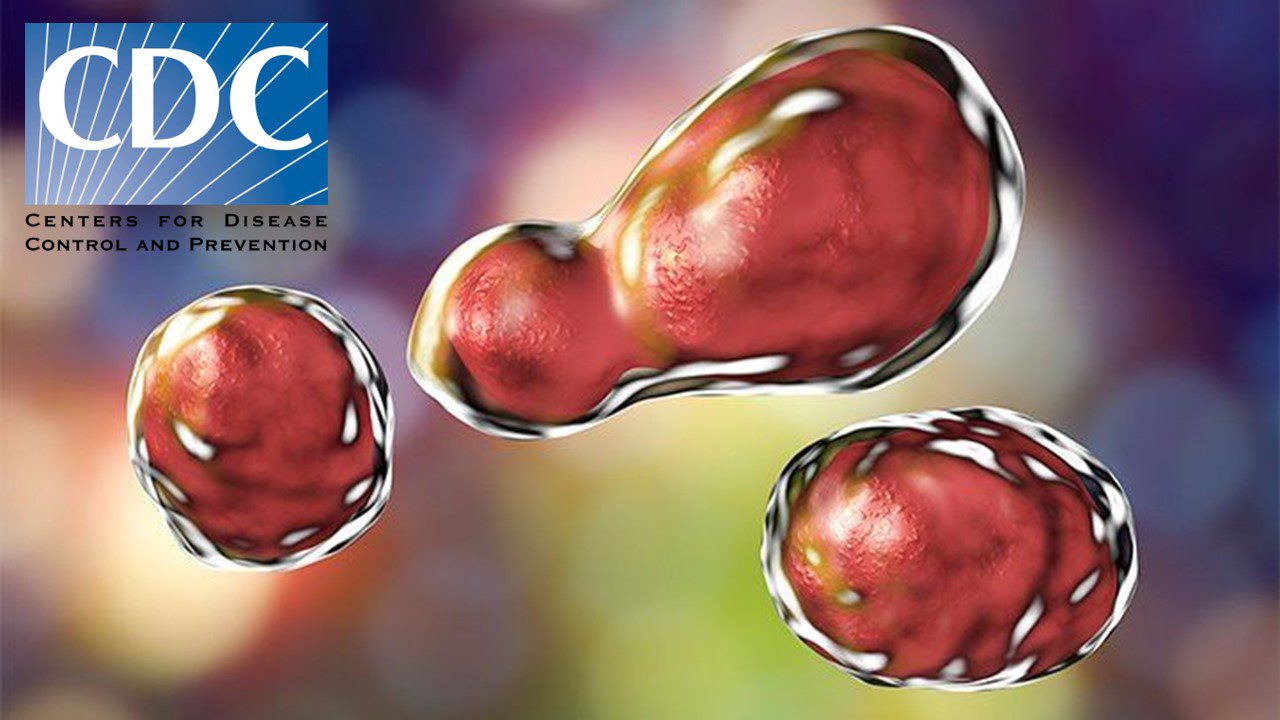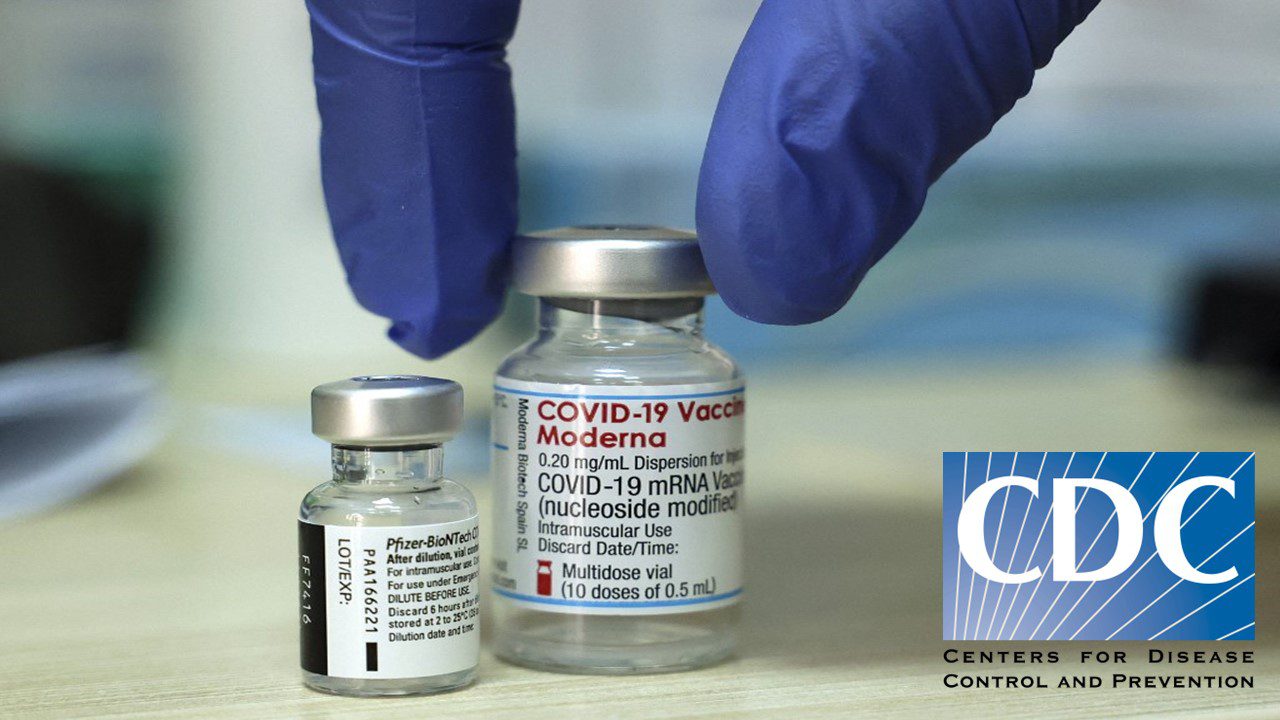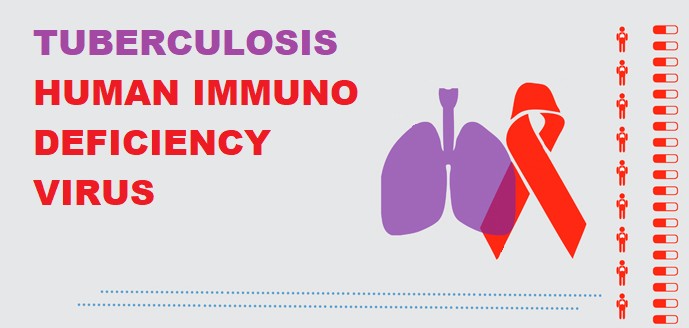Few viruses have proven as elusive for vaccination efforts as the Human Immunodeficiency Virus (HIV). Over 40 years of research work, and countless resources, have been committed to discover ways to immunize populations against HIV – yet few results have come of them. Although HIV is now manageable with highly active antiretroviral therapies – and even preventative therapies to provide protection against infection, a vaccine would prove revolutionary. This is particularly true for parts of the world where access to antiviral medication remains limited. With the recent revival in vaccinology on the coat-tails of efforts to tackle SARS-CoV-2, new developments lie on the horizon that hold promise.
The Unique Challenges of HIV
Margaret Heckler, US Health Secretary, had once declared that a vaccine would be available within two years; this was in 1984. This has yet to materialize. Finding a vaccine that protects robustly against HIV infection has often been termed the holy grail of vaccinology. This is not merely due to the impact of HIV – with as many as 38,000,000 people living with the virus globally – as much as 6.7% of the population of Eastern and South Africa are infected. It is also considered a holy grail because of its uniquely challenging nature to immunize against. HIV is particularly challenging because of its highly mutable nature.
One of the key enzymes of the virus, reverse transcriptase, is what allows it to convert its RNA to DNA which can be integrated into host genomes. However, reverse transcriptase is highly error-prone – often leading to the generation of DNA with mutations when compared to the RNA that produced it. This allows the virus to quickly form multiple variants which enable it to respond to selective pressures, resulting in its ability to evade both the antibody and T-cell mediated adaptive immune responses. Corollary to this mutability is that any vaccine candidate must also be broad enough to demonstrate action against all of these possible variants. As we have seen with immune-evading variants of even simpler viruses, this is not a straightforward affair.
A History of Failed Vaccines
The history of HIV vaccines is equally complex – and marred by attempts to translate vaccine convention to a virus that defied the conventions of pathogens we had vaccinated for before. Live and attenuated vaccines were out of the question – for obvious reasons. Trying to replicate the immune responses of recovered individuals to produce a vaccine that would mimic them was another closed avenue: there are no recovered HIV patients. The first wave of HIV vaccine research was instead set on producing neutralizing antibodies against the virus – with a particular focus on the gp120 envelope protein. Two vaccine candidates made it to Phase III trials – VaxGen’s VAX003 and VAX004. Although both candidates had established sufficient levels of neutralizing antibodies in their recipients, they were unable to demonstrate any protective effect: likely because their targets evolved beyond the reach of the antibodies.
Failures in the humoral approach led research to consider a more T-cell oriented vaccine, revisiting the effect of cytotoxic T-lymphocyte (CTL) responses. Animal models had shown that even when unable to prevent infection, CTL vaccines could slow down the progression of disease – which was an outcome worth investigating. Ultimately, no viable vaccine was produced through this approach, either. But valuable lessons had been learned – HIV vaccine research massively advanced not only our understanding of HIV, but also viral vectors. Nearly all vaccine materials had to be vectored. This also resulted in some controversies – the STEP studies, using Merck Adenovirus 5, actually demonstrated an enhancement of susceptibility to HIV infection in individuals receiving the vaccine. This was particularly true for individuals with pre-existing antibodies for the viral vector, Ad5, and led to the pursuit of alternative vectors. Considering the importance of vector-based vaccines in our response to the COVID-19 pandemic, the lessons learned from our research on HIV vaccinology proved to be invaluable, even though they had left the field reeling at the time.
The failure of both antibody and CTL-based approaches to stand on their own feet ushered in an era of revision – and instead prompted scientists to try and combine elements of both. Establishing broadly neutralizing antibodies while also stimulating a CTL response was thought to be critical. RV144, known as the Thai trial, showed safe and modest results in lowering the risk of infection by about 31% in 2009. This was perhaps not enough to be considered a traditional vaccine. Yet it also expanded our understanding of what immune responses that result in immunogenicity should be like, and spawned multiple trials of vaccines inspired by RV144 for the decade to come. Mosaic vaccines that combined elements from multiple strains of HIV across the world, in an attempt to give them a broader profile, also entered mainstream research efforts late in the 2010s. This resulted in trials such as Johnson & Johnson’s Imbokodo, which was discontinued in 2021 after failing to show any protective results.
Recent Developments – A Modern(a) Vaccine?
The world has recently become alight again, after the buzz generated by Moderna’s latest findings. The development of mRNA-based vaccines may promise to bring about a frame shift in HIV research. mRNA vaccines are a technology that has been known for a long time – first tested for a flu shot in mice in the 1990s, and a human rabies vaccine in 2013. Yet before the COVID-19 pandemic, they had never been approved for commercial use. Research published in Nature Medicine demonstrated the efficacy of mRNA-based vaccines in developing antibodies and CD4+ T-cell responses in animal models. Inoculation with the vaccine candidate leads to the production of virus-like particles by the body, which exhibit multiple epitopes of the env and gag proteins – and subsequent boosters expand the broadness of the responses generated by the vaccine. The approach offers significant reduction in risk per exposure – over 79% despite the very heterologous strains used as challenges in animal models.
Trials in Infectious Diseases have seen renewed emphasis on collaboration after COVID-19. IQVIA provides valuable tools to enable this….. Read More
These promising results resulted in the NIH launching new trials for the candidate – produced by research from Scripps, the Bill & Melinda Gates Foundation and Moderna. This has revitalized interest in the pursuit of HIV vaccines, despite their marred past and extremely challenging nature. Our history of pursuing a vaccine for HIV may not have resulted in a robust, highly functional product yet – but it has refined our understanding of vaccinology and enabled rapid responses to other diseases. Mirroring that, the extreme effect COVID-19 has had in rejuvenating the vaccine industry is already showing spillover effects that can help us end other chronic pandemics.
Join Proventa International’s Drug Discovery Strategy Meeting in Boston for the latest insights from a diverse array of fields, facilitated in closed roundtable discussions led by world-renowned experts discussing cutting-edge topics in accelerating novel drug development.

Subscribe
to get our
LATEST NEWS
Related Posts

Infectious Diseases & Vaccinology
Rezzayo™’s Latest EU Approval for Invasive Candidiasis Breaks Ground in Antifungal Therapy
Rezafungin marks the initial addition to the treatment arsenal for patients grappling with invasive candidiasis in more than 15 years.

Infectious Diseases & Vaccinology
Unmasking the Shadow: CDC Battles the Latest Fungal Meningitis Outbreak in Matamoros, Mexico
CDC tackles fatal fungal meningitis outbreak linked to surgeries in Matamoros, Mexico.
Read More Articles
Synthetic Chemistry’s Potential in Deciphering Antimicrobial Peptides
The saga of antimicrobial peptides unfolds as a testament to scientific ingenuity and therapeutic resilience.












